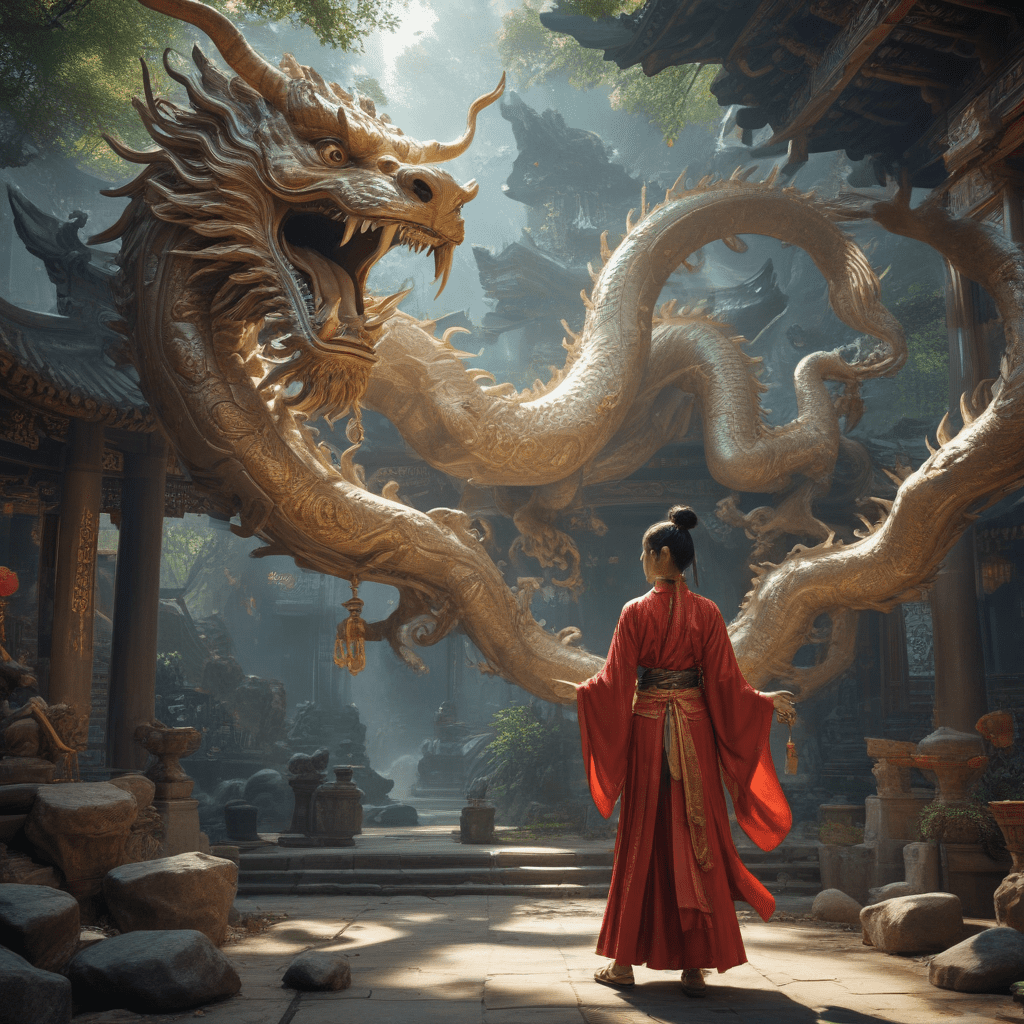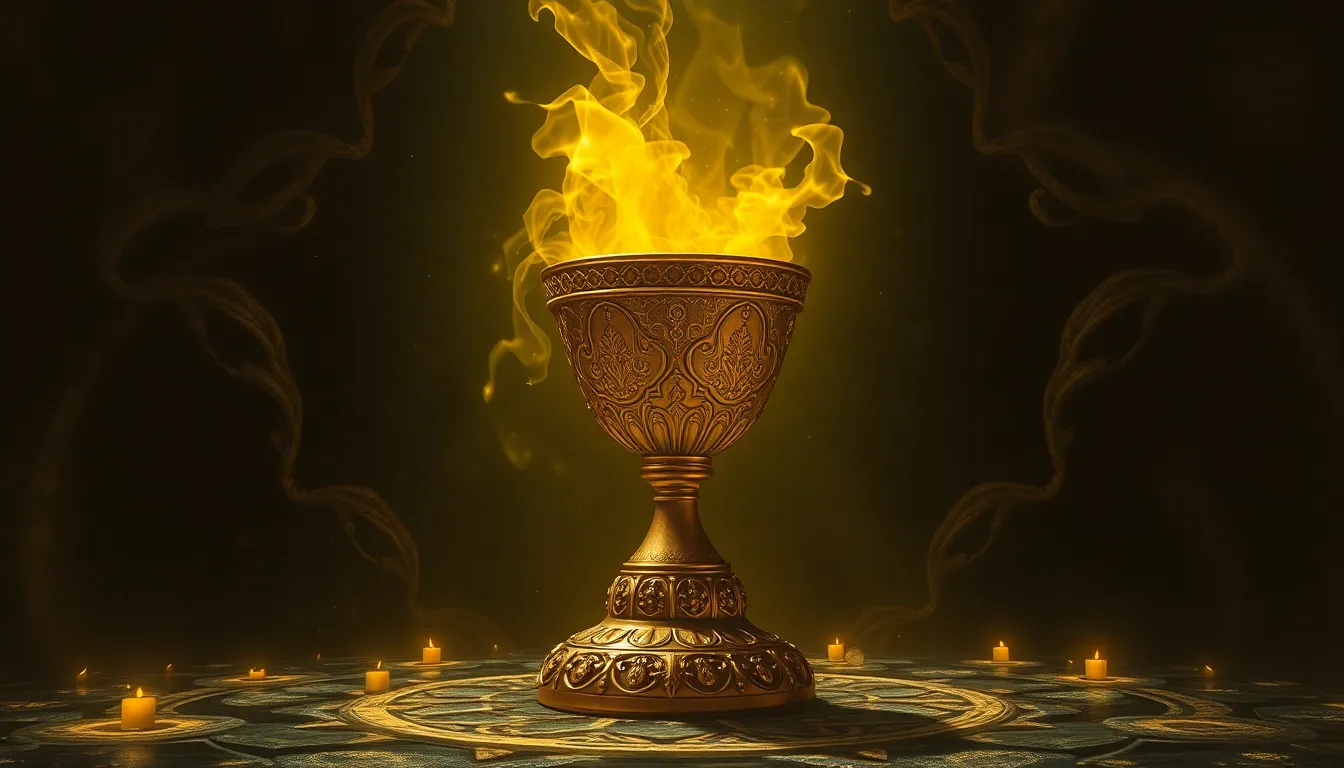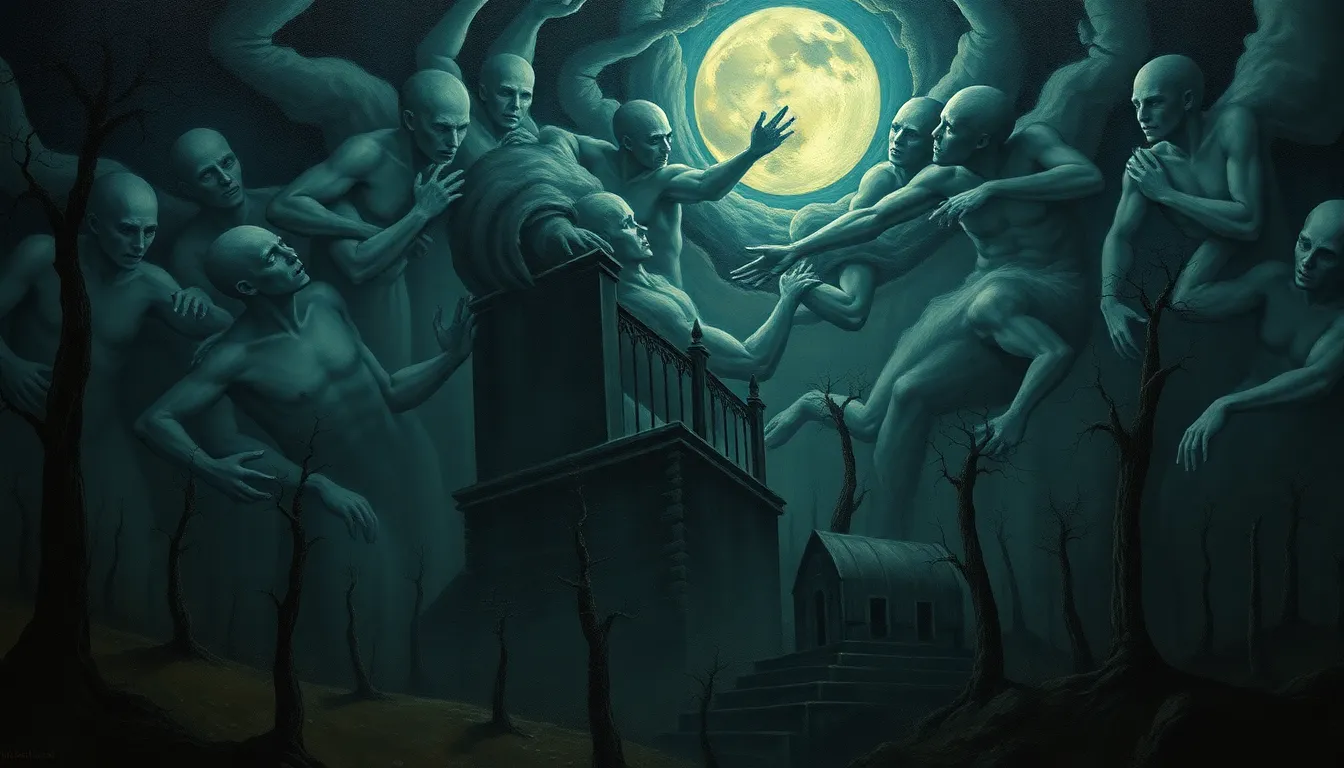Chinese Mythological Tales of Fate and Destiny
The vast tapestry of Chinese mythology is richly woven with tales of fate, destiny, and the unyielding forces that shape human existence. These myths have permeated Chinese culture for centuries, influencing everything from literature and art to philosophy and religious beliefs.
I. The Legend of Nüwa and the Creation of Humanity
Nüwa, the benevolent goddess of creation, is credited with the formation of the first humans. According to legend, she gathered yellow earth from the banks of the Yellow River and breathed life into it, giving birth to humanity. Nüwa's act of creation symbolizes the fundamental connection between humanity and the natural world, a theme that recurs throughout Chinese mythology.
II. The Story of Pangu and the Separation of Heaven and Earth
Pangu, a primordial giant, is said to have existed before the creation of the universe. Coiled within an egg-shaped void, he burst forth, separating heaven and earth with his axe. His body became the mountains, rivers, and all living things, signifying the interconnectedness of the cosmos and humanity. The myth of Pangu underscores the cyclical nature of existence, with creation and destruction inextricably intertwined.
III. The Myth of the Eight Immortals
The Eight Immortals, legendary figures of Taoist mythology, each possess extraordinary powers and represent various aspects of human nature. Led by Lü Dongbin, the patron deity of scholars, they are known for their wisdom, compassion, and ability to transcend the limitations of mortality. Their stories embody the pursuit of enlightenment and the belief that even in the face of adversity, human potential is limitless.
IV. The Tale of the Jade Emperor and the Monkey King
The Jade Emperor, ruler of heaven, embodies the authority of the celestial realm. However, his reign is challenged by the Monkey King, a mischievous and powerful immortal. This mythical epic narrates the conflict between order and chaos, the limits of power, and the enduring struggle against oppression.
V. The Legend of the Yellow Emperor and the Four Sages
The Yellow Emperor, a legendary sovereign, is said to have ruled China during the Neolithic period. Assisted by four wise sages, he brought order to the land, established agriculture, and laid the foundations of Chinese civilization. His legend emphasizes the importance of knowledge, wisdom, and collaboration in shaping human destiny.
VI. The Myth of the Three Sovereigns and Five Emperors
Chinese mythology recounts the era of the Three Sovereigns and Five Emperors, legendary rulers who shaped the destiny of the nascent civilization. Fuxi, Shennong, and Huangdi, the Three Sovereigns, are credited with numerous inventions and cultural advancements, including the development of writing, agriculture, and medicine. The Five Emperors, Yao, Shun, Yu, Qi, and Tang, succeeded them, establishing a golden age of harmony and prosperity. This myth underscores the transformative power of leadership and the belief in a benevolent and ordered universe.
VII. The Story of Fuxi and the Creation of the Ba Gua
Fuxi, one of the Three Sovereigns, is revered as the creator of the Ba Gua, or Eight Trigrams. These eight symbols represent the fundamental forces of nature and serve as the basis for the I Ching divination system. The story of Fuxi and the Ba Gua emphasizes the interconnectedness of all things and the cyclical patterns that govern the universe. It also highlights the importance of observation, wisdom, and a deep understanding of the natural world.
VIII. The Legend of Nüwa and the Defeat of Gong Gong
Nüwa, the goddess of creation, once more appears in this myth, facing the wrath of the rebellious water god Gong Gong. In a cataclysmic battle, Gong Gong strikes Mount Buzhou, shattering the pillar that holds up the heavens. Nüwa uses her magical powers to repair the sky, but not before the world is flooded. This myth symbolizes the forces of chaos and destruction that threaten the order of the universe and the resilience of the divine in overcoming them.
IX. The Myth of the Red Thread of Fate
The Red Thread of Fate is a poignant and enduring myth that speaks to the predetermined connections between individuals. It holds that an invisible red thread connects those destined to be lovers, regardless of distance or circumstances. This myth emphasizes the belief in an immutable destiny and the power of fate to guide human relationships. It has been a popular theme in literature and art for centuries, symbolizing both the joy and heartache of love.
X. The Tale of the Butterfly Lovers
The Butterfly Lovers is a tragic love story that transcends time and embodies the enduring power of human emotion. Liang Shanbo and Zhu Yingtai, a young scholar and his female companion disguised as a man, fall deeply in love. However, their romance is forbidden by社会 standards and ends in tragedy. The story is immortalized in a ballad that has been passed down through generations, celebrating the triumph of love over adversity and the belief in an unbreakable bond between soulmates.
Frequently Asked Questions
Q: Are Chinese myths and legends based on real events?
A: While Chinese myths and legends are often rooted in ancient beliefs and observations, they are primarily works of fiction designed to convey cultural values, moral teachings, and a sense of wonder.
Q: What is the significance of fate and destiny in Chinese mythology?
A: Fate and destiny play a crucial role in Chinese mythology, emphasizing the belief in an interconnected universe where events and relationships are predetermined. However, these concepts also coexist with the notion of human agency and the ability to shape one's own path through actions and decisions.
Q: How have Chinese myths influenced modern Chinese culture?
A: Chinese myths and legends have profoundly influenced various aspects of modern Chinese culture, including literature, art, music, cinema, and religious practices. They continue to inspire creativity, provide a sense of identity, and shape the beliefs and values of the Chinese people.



